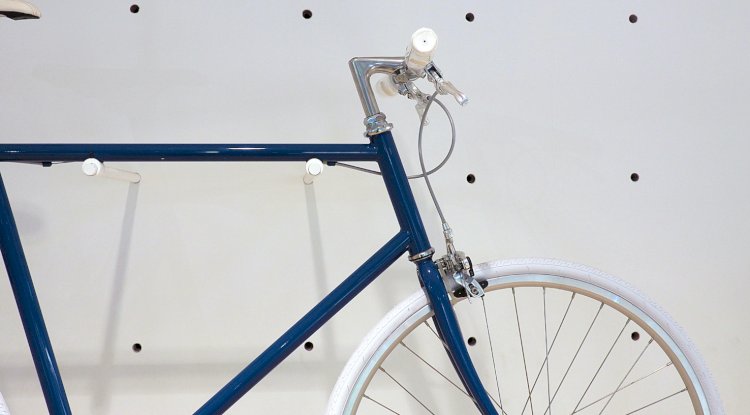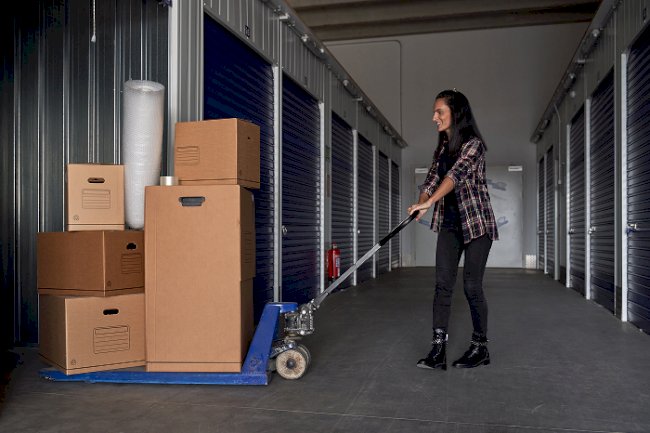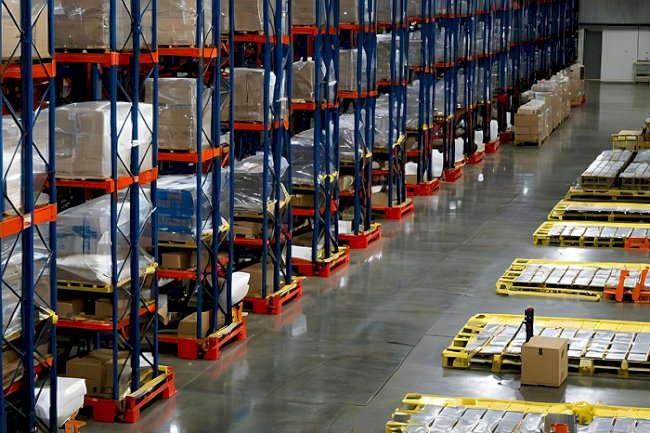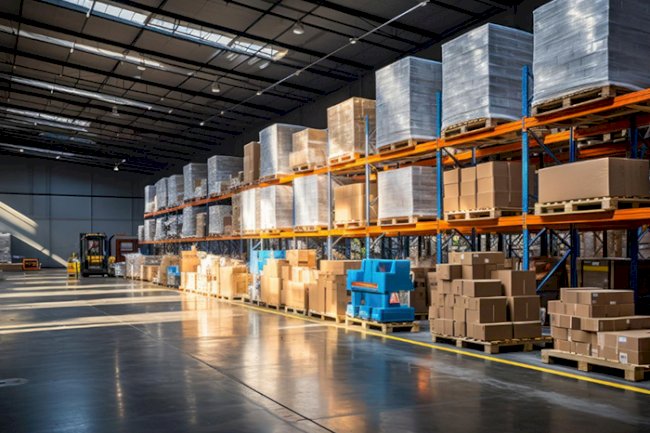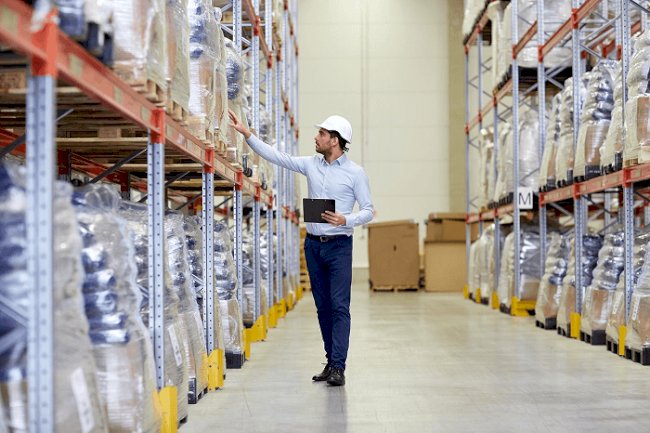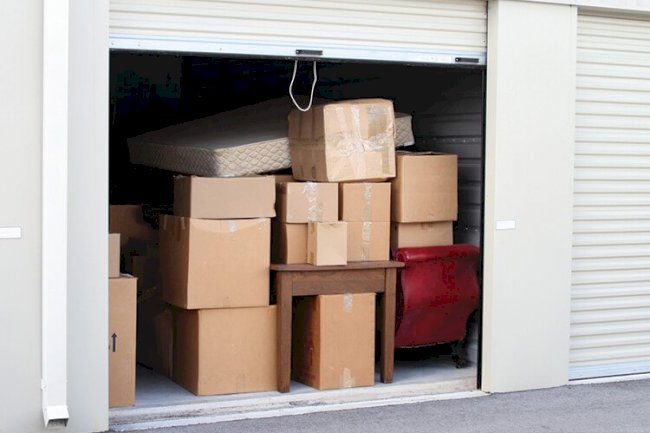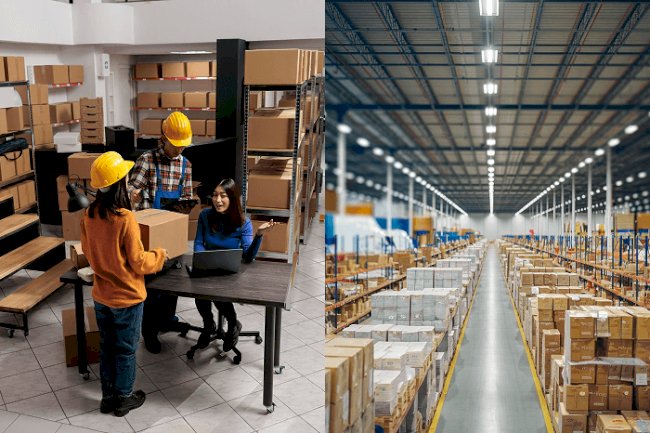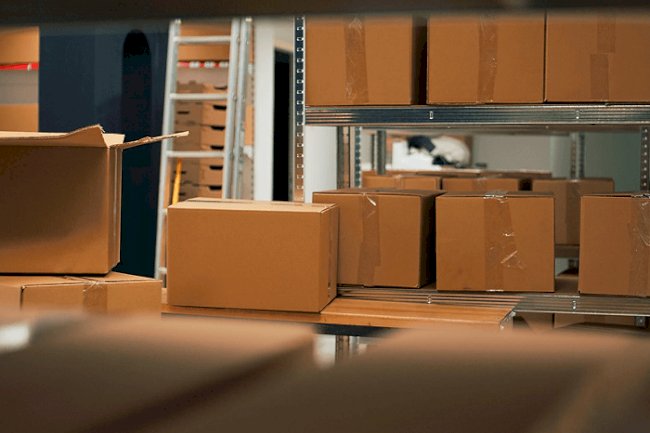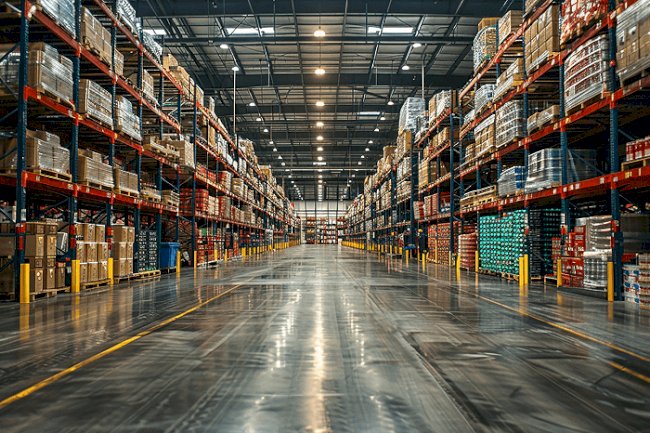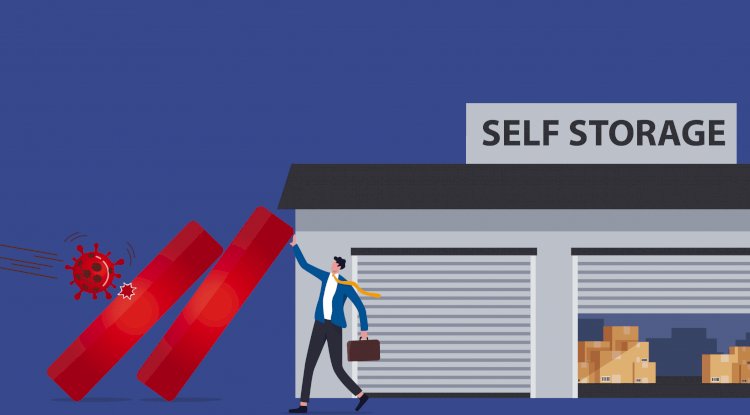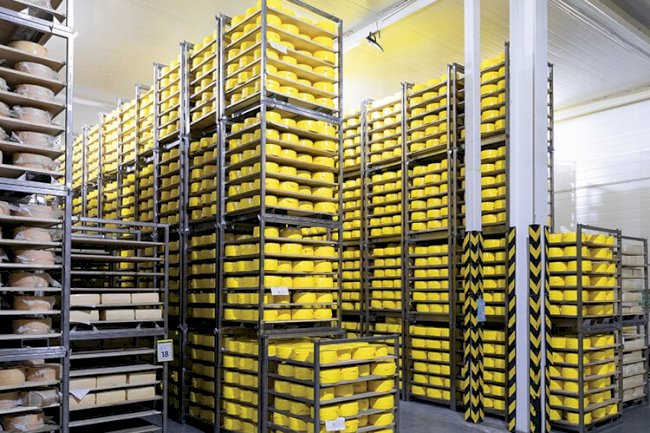Top Common Moving Mistakes to Avoid | StowNest
Discover the top common moving mistakes to avoid when relocating. Follow our proven moving tips to save time, cut costs, and make...
Checklist to Consider Before Moving into Your New Home...
Explore the ultimate checklist to consider before moving into your new home. From packing essentials to utility setups, ensure a stress-free...
Types of Warehousing Processes | StowNest
Discover the types of warehousing processes and their role in logistics. Learn how types of warehousing processes improve efficiency,...
5 Reasons To Use A Self-Storage Unit
If you have assets and belongings you wish to keep but dint have the space for them, then choosing self-storage in Bangalore can be...
What Is the Difference Between a Store and a Warehouse?...
Discover the key difference between a store and a warehouse, including their functions, purpose, and how each supports the supply...
Top Tips for Long-Term Self-Storage: Smart Storage Solutions...
Get expert tips for long-term self-storage. Learn how to protect and organize your items, ensuring a safe, efficient storage experience...

